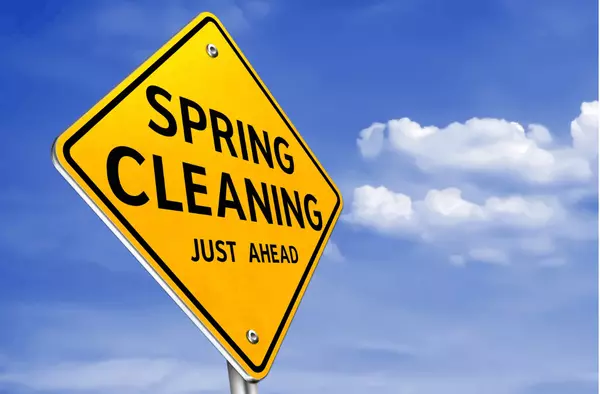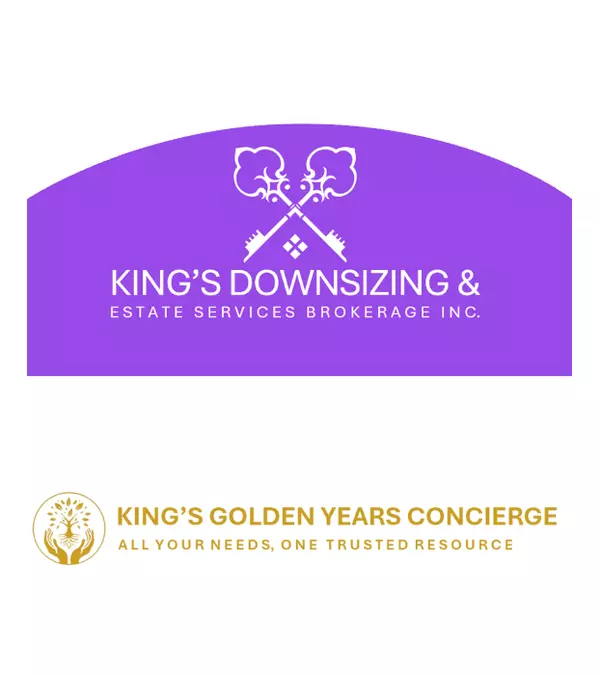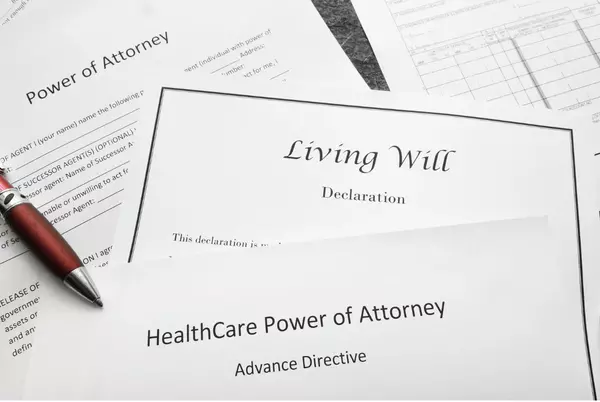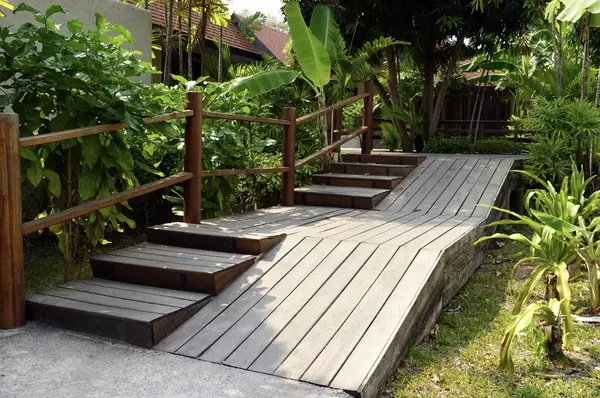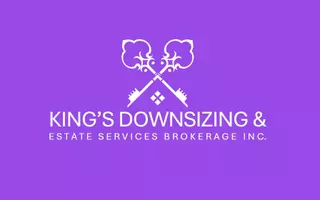Exciting News: King's Downsizing & Estate Services Becomes a Full-Service Real Estate Brokerage!
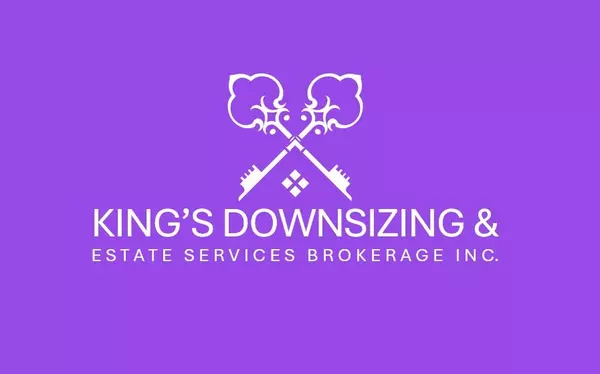
We’re thrilled to share some incredible news with our community: King’s Downsizing & Estate Services is now officially a full-service Real Estate Brokerage! This exciting new chapter allows us to better serve older adults and their families with seamless, one-stop, concierge-style support through e
Read MoreStaying Connected: Combating Loneliness Through Community Engagement

As we age, one of the most overlooked—but deeply important—challenges many seniors face is loneliness. Whether it’s due to the loss of a spouse, retirement, mobility limitations, or moving away from a long-time neighborhood, social circles can gradually shrink, leaving older adults feeling disconne
Read MoreTop Considerations When Downsizing: Finding the Right Fit for Your Future

Downsizing is more than just moving to a smaller space—it’s about embracing a new chapter of life that better reflects your current lifestyle, priorities, and future goals. Whether you’re planning ahead or navigating a transition brought on by changing health or family dynamics, downsizing offers a
Read MoreWhy Now is the Best Time to Begin Planning to Downsize in 2025

As we move into the final months of 2024, it may seem like 2025 is still a long way off. However, when it comes to downsizing and preparing for major life transitions, starting early is the key to a smoother, stress-free experience. Whether you're considering downsizing due to lifestyle changes, re
Read MoreFinding the Right Retirement Residence for Your Lifestyle and Needs

Choosing the right retirement residence is a significant decision that can impact your quality of life for years to come. With so many options available, it can be overwhelming to navigate through the variety of choices, each offering different levels of care, amenities, and lifestyles. At King
Read MoreWhat to Expect When Moving to a Life Lease Community

As we age, the desire for a secure, comfortable, and supportive living environment becomes more prominent. For many seniors, a life lease community presents an excellent option, offering a blend of independence, security, and peace of mind. At King's Downsizing & Estate Services, we understand that
Read MoreTop Considerations for Choosing a Retirement Residence
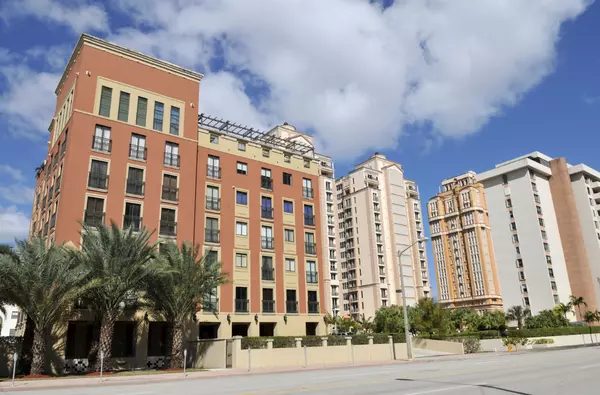
Choosing a retirement residence is a significant decision that impacts your lifestyle, health, and overall well-being. Whether you’re making the decision for yourself or assisting a loved one, there are many factors to consider to ensure that the chosen residence meets your needs and preferences. A
Read MorePreparing for a Smooth Transition to Assisted Living or Memory Care

Moving to assisted living or memory care is a significant life change, not only for the individual moving but also for their family and loved ones. Preparing for this transition takes time, planning, and careful attention to both physical and emotional needs. At King’s Downsizing & Estate Services,
Read MoreMaking the Most of 55+ Communities: Social and Lifestyle Benefits
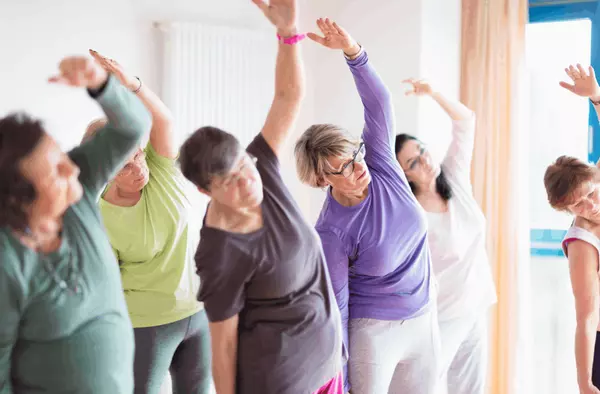
Moving to a 55+ community can bring about a world of opportunities, new friendships, and a fulfilling lifestyle tailored for the next chapter in life. These vibrant communities are designed to cater to the needs, interests, and preferences of older adults, combining independence with the convenienc
Read MoreTop Tips for Organizing a Smooth Move to a Retirement Community

Moving to a retirement community marks an exciting new chapter, full of possibilities for relaxation, new friendships, and worry-free living. However, the transition can also bring some logistical and emotional challenges, especially when it comes to downsizing and organizing for the move. At King's
Read MoreHow to Manage Sentimental Items When Downsizing

Downsizing can be a liberating experience—a chance to simplify your life, reduce clutter, and move into a space that better fits your current lifestyle. However, one of the most challenging aspects of this process is managing sentimental items. These are the belongings that hold emotional value, re
Read More-

Choosing the right senior living option is a critical decision that can significantly impact your lifestyle, financial health, and overall well-being. Among the various choices available, Land Lease and Life Lease arrangements are two popular options that cater specifically to seniors. Understanding
Read More Understanding the Different Retirement Living Options Available to You

Retirement is a significant milestone that often brings about the need for a change in living arrangements. As sellers consider their options, it's crucial to understand the different types of retirement living available and the reasons why one might choose each. The decision to move can be driven b
Read MoreHow to Donate Household Items and Make a Difference in Your Community

When it comes to selling a home, decluttering is a crucial step that can help you present your property in the best light possible. However, what do you do with all those household items that no longer fit into your new space or lifestyle? Donating them is an excellent way to make a positive impact
Read MoreDecluttering 101: A Step-by-Step Guide to Letting Go of What No Longer Serves You

Selling your home can be an emotional and overwhelming process. One of the most crucial steps to making your property appealing to potential buyers is decluttering. It’s not just about tidying up; it’s about creating a space where buyers can envision their own lives unfolding. In this blog, we’ll wa
Read MoreDownsizing is the Best Decision for Your Future

In today's fast-paced world, the concept of downsizing has gained significant traction among homeowners, particularly those looking to sell their properties and transition into a more manageable lifestyle. For many, the idea of maintaining a large home filled with unused space and excess belongings
Read MoreNavigating the First Month After a Death: Essential Tasks and Considerations

Losing a loved one is a challenging experience, and navigating the first month after their passing can be overwhelming. In addition to the tasks outlined in the initial week, there are several key responsibilities that need attention during this period. 1. Get Organized:Setting up file folders to o
Read MoreMastering Real Estate Etiquette: Unspoken Rules for Smooth Transactions
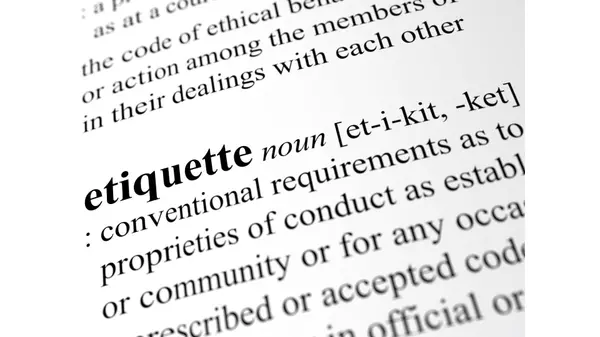
As you step into the housing market with eagerness, it's easy to get carried away in the excitement. Yet, amidst this emotional high, it's crucial to heed the unspoken etiquettes that could significantly impact your home-buying journey. These guidelines extend beyond the legalities outlined in real
Read MoreAging in Place VS Moving to a Retirement Residence

Aging in place versus moving to a retirement residence presents a significant decision in one's later years. Each option carries its distinct advantages and drawbacks, catering to individual needs and preferences.Aging in Place: Benefits: Familiarity and Comfort:Staying in one's home retains famili
Read More-

When choosing a downsizing option, it's essential to consider various factors, such as location, amenities, services, and budget. Each 55+ living option mentioned above has its unique advantages, so it's crucial to explore the options and determine which one aligns best with your requirements and pr
Read More
Categories
- All Blogs 73
- 55+ Living Communities 20
- Aging-In-Place 16
- Community Engagement 3
- Concierge 13
- Decluttering 8
- Downsizing 31
- Estate Planning 6
- Estate Settlement 26
- Fall Prevention 11
- General 18
- Home Safety 8
- International Retirement Living 4
- Land Lease 6
- Life Lease 7
- Lifestyle 15
- Out of Town Estate Settlement 24
- Probate 22
- Real Estate 4
- Retirement Residences 17
- Tax Returns 4
- Wealth Transfer 21
Recent Posts
